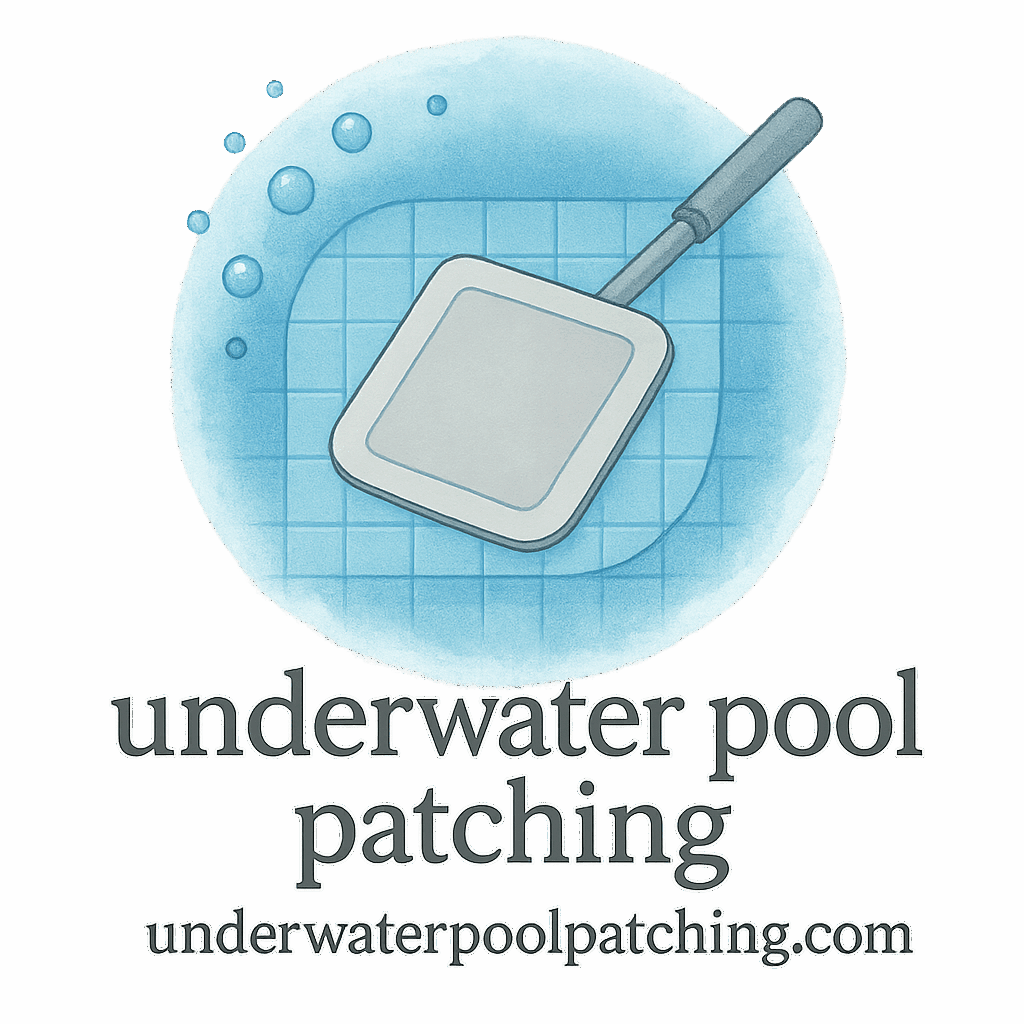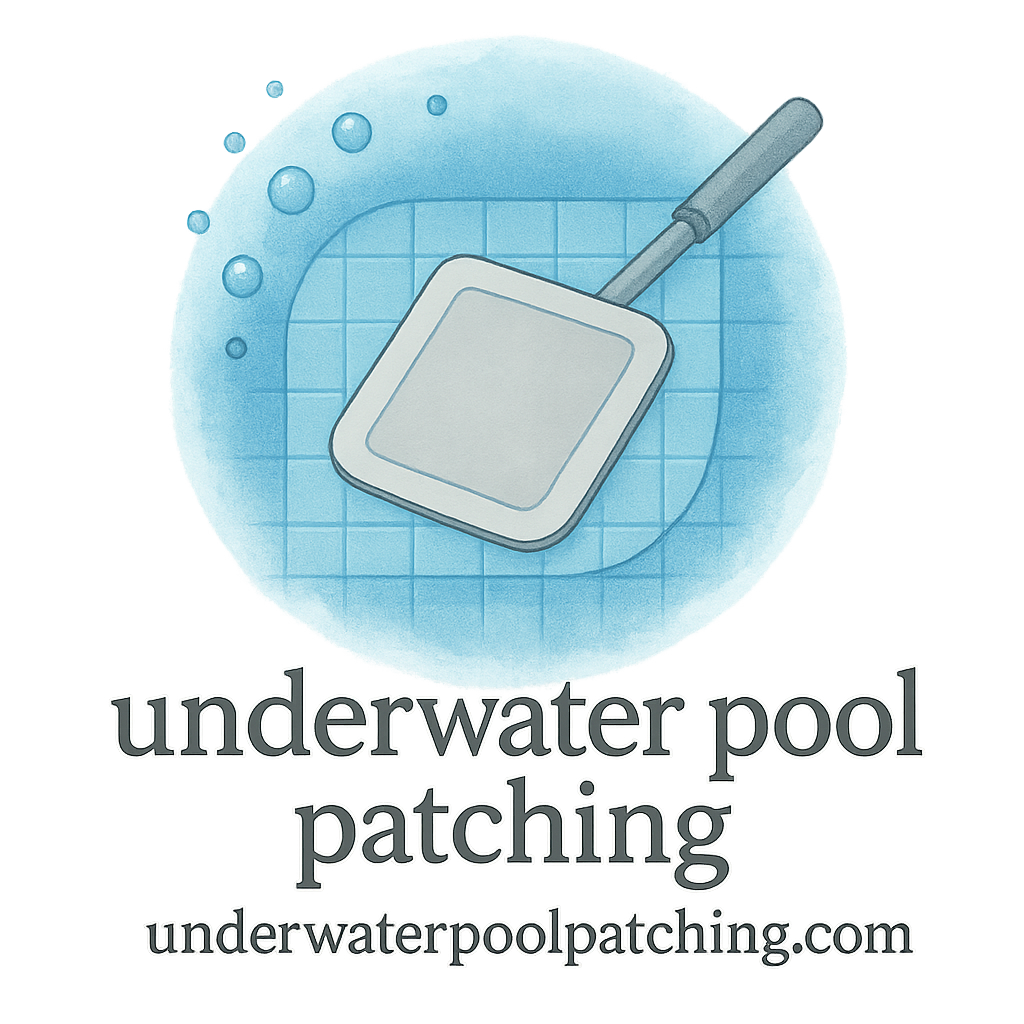Introduction: Why Pool Maintenance Matters
Owning a pool feels like living the dream—until repairs creep in. Small cracks, leaks, or worn patches can turn a refreshing oasis into a money pit. Many homeowners try to handle repairs themselves but end up making mistakes that shorten patch life, waste money, and lead to bigger problems. The good news? With the right application tips for pools, you can avoid these pitfalls and keep your pool sparkling for years.
Let’s dive into the nine most common mistakes pool owners make—and more importantly, how to avoid them.
Mistake 1: Skipping Regular Inspections
The Importance of Early Diagnosis
Think of inspections as your pool’s annual checkup. Just like ignoring a toothache makes dental bills worse, avoiding routine inspections allows small cracks and leaks to expand. Regular inspections help catch issues before they require major restoration. Resources like inspection and diagnosis offer practical guides for spotting early signs.
Tools for Proper Pool Inspection
You don’t need fancy equipment to get started. A waterproof flashlight, pool dye test kits, and a careful eye are enough to detect early warning signs. Professionals may use pressure test tools for precision, but consistent DIY checks will already save you a fortune.
Mistake 2: Using the Wrong Patch Materials
Common Patch Types for Pools
Not all patches are created equal. Some are designed for vinyl, others for plaster, and some specifically for underwater use. Choosing the wrong type often leads to peeling or early deterioration. Patch types and materials break down the best options depending on your pool’s surface.
Choosing Durable Materials
Durability comes from both material choice and compatibility. For example, epoxy-based patches are excellent for underwater repairs, while cementitious patches are better for dry application. Think of it like cooking—using salt instead of sugar changes the entire recipe.
Mistake 3: Ignoring Leak Detection Signs
How to Spot Hidden Leaks
A drop in water level doesn’t always mean evaporation. Look for wet spots around the pool, unexplained water bills, or constantly running pumps. Leak detection techniques such as the bucket test are simple yet effective.
Why Leak Detection Saves Money
Leaks left untreated damage not only your pool but also your yard and foundation. Quick detection helps prevent costly structural repairs. Think of it as plugging a small hole in a boat before it sinks.

Mistake 4: Poor Surface Preparation Before Application
Cleaning and Smoothing Edges
One of the most overlooked application tips for pools is surface prep. If the patch area isn’t clean or the edges aren’t smoothed, the patch won’t bond properly. Edge finishing ensures strong adhesion and long-lasting repair.
Avoiding Adhesion Failures
Imagine trying to stick tape to a dusty wall—it won’t hold. The same logic applies to pool patches. Dirt, algae, or rough edges are a recipe for premature failure.
Mistake 5: Incorrect Application Techniques
Timing and Pressure Considerations
Applying patches in extreme heat, cold, or under high water pressure reduces effectiveness. Always follow manufacturer guidelines for best results.
Best Practices for Applying Underwater Patches
Work methodically. Press patches firmly, smooth out bubbles, and ensure full coverage. Following tested patching techniques ensures your repair sticks—literally.
Mistake 6: Overlooking Budget and Cost Planning
Cost-Saving Tips for Pool Repairs
Many homeowners skip budgeting and overspend on unnecessary products. Smart cost budgeting involves comparing materials, planning DIY vs pro repairs, and focusing on long-term savings. Internal resources on budget and cost-saving strategies can guide you.
When to Hire Professionals vs DIY
DIY saves money, but sometimes hiring a pro avoids repeat costs. For example, large leaks or structural cracks often need expert hands. Think of it as changing your car’s oil versus rebuilding the engine.
Mistake 7: Neglecting Routine Maintenance
Preventive Measures to Extend Patch Life
Skipping routine checks shortens patch life. A simple maintenance plan includes monitoring chlorine levels, brushing walls, and inspecting seals.
Building a Maintenance Plan
Consistency beats intensity. Weekly tasks take minutes but prevent thousands in repair bills. Maintenance and prevention is your pool’s insurance policy.
Mistake 8: Forgetting Edge Finishing and Smoothing
How Finishing Impacts Durability
A patch is only as good as its finish. Poor smoothing creates weak spots where water sneaks in. Proper edge finishing extends patch life and maintains a seamless look.
Tools That Make the Job Easier
Plastic trowels, rollers, and smoothing tools make finishing simple. Think of it like icing a cake—smooth edges look better and last longer.
Mistake 9: Relying Only on Quick Fixes
Why Restoration is Sometimes Necessary
Quick patches are great for emergencies, but they’re not always permanent. When cracks spread or patches peel, it’s time for full restoration.
Long-Term Strategies for Pool Longevity
Investing in quality materials, preventive care, and occasional professional repair techniques ensures your pool lasts decades instead of just seasons.
Conclusion
Avoiding these nine mistakes can transform your pool care routine from stressful to simple. The secret lies in planning ahead, choosing the right materials, and mastering application tips for pools. Whether you’re patching small cracks or preventing future leaks, each step you take adds years to your pool’s lifespan.
By investing time in inspections, budgeting wisely, and finishing repairs properly, you protect not just your pool—but your wallet too.
For deeper insights, explore guides like underwater pool patching, patch repair, and patch life. Your pool deserves it.
FAQs
1. What are the best materials for underwater pool patches?
Epoxy-based patches are durable and designed for underwater use, making them a popular choice.
2. How often should I inspect my pool for cracks or leaks?
At least once a month during swimming season, and quarterly during off-season.
3. Can I repair pool leaks myself?
Yes, small leaks can often be fixed DIY, but larger or structural leaks may require professionals.
4. What’s the most common mistake in pool patching?
Skipping surface preparation—dirty or uneven edges prevent patches from bonding.
5. How long do underwater patches last?
With proper prep and finishing, they can last several years, depending on material quality.
6. Is professional repair always more expensive than DIY?
Not necessarily. While upfront costs are higher, pro repairs can save money by avoiding repeat fixes.
7. How can I extend the life of my pool patches?
Follow a consistent maintenance plan, avoid chemical imbalances, and conduct routine inspections.


